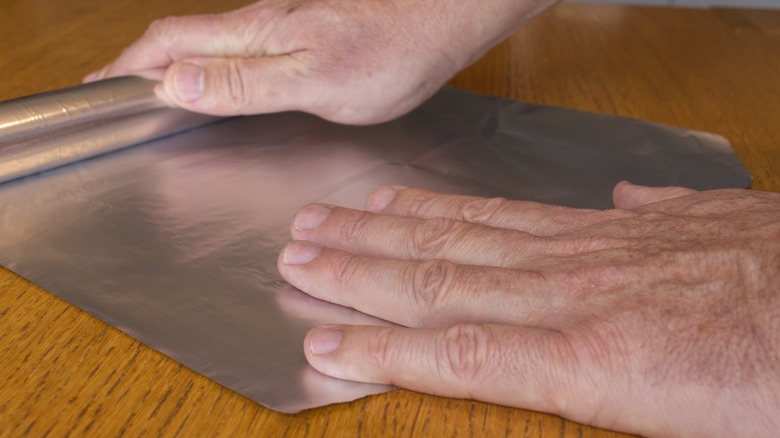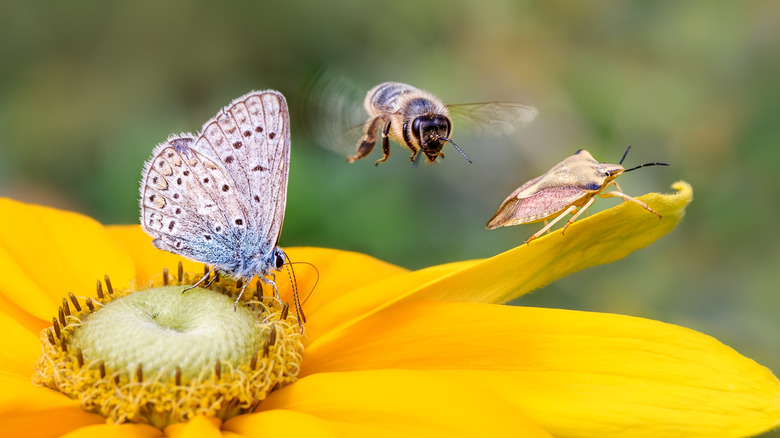Can Aluminum Foil Be Used To Attract Butterflies And Pollinators To Your Garden?
Pollinators are more important than ever in our diverse ecosystem. According to the USDA, 75% of flowering plants and 35% of food-producing plants need to be pollinated to bloom and grow food. And it is no secret that pollinators are endangered. But with a simple thing like aluminum foil, you can help butterflies thrive in your yard. It can bring more bees into the garden as well. It is all about providing those beautiful bugs just what they need to survive right there in your very own outdoor spaces.
Aluminum foil can be used to provide warmth to butterflies. Because a butterfly has difficulty flying with wet wings, they must dry as early in the day as possible. Foil reflects the sun's rays, creating a warm spot for the insects to land. As they warm, their wings gently dry. The heat is also helpful because as cold-blooded animals, pollinators need warmth to wake up and get energized for the day ahead.
How to use foil to attract pollinators
If you wish to use this aluminum foil hack to attract butterflies, moths, and other pollinators to your yard, make sure you only use clean foil. Foil that has food on it could discourage the insects from landing. And grease or oil could be even worse. Since the oil from our hands can cause the butterfly to lose its wing scales, it's safe to assume oil from other sources would do the same.
Create these little havens of warmth by placing clean sheets of aluminum foil on the ground in the garden. Experiment with placing them in areas with different kinds of plants to attract the largest variety of butterflies. Pollinators stay close to the places that provide them shelter, food, water, and in this case, warmth. If you don't like the look of foil scattered around the prize roses you just planted, then you can partially hide it. Place a piece of foil on the soil in between plants, then cover up just the ends with mulch or dirt. This will still provide a reflective surface but allow the foil to fade into the garden bed.

